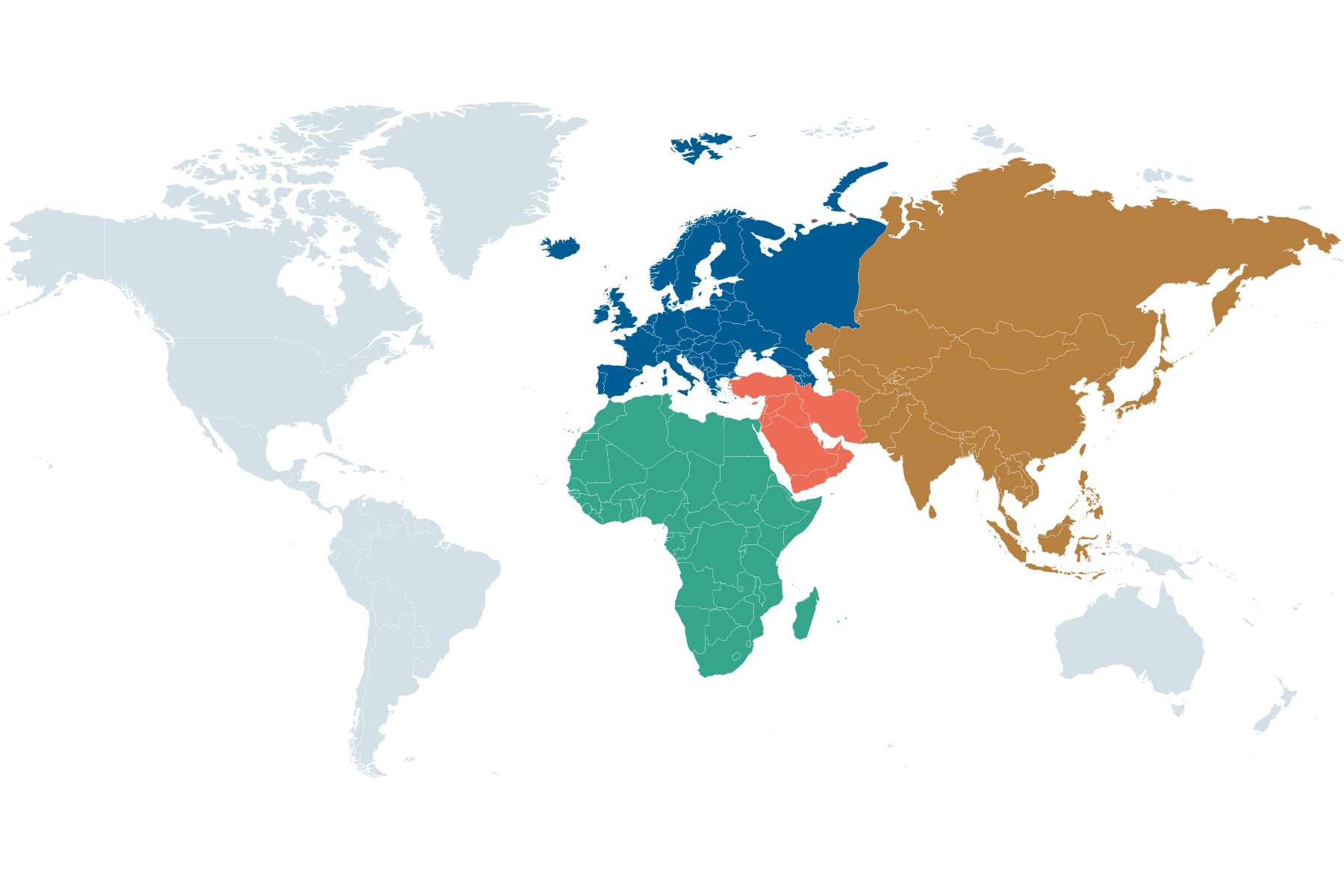The global state of terrorism is reflected in Finland
Radical Islamist terrorism remains a major threat internationally. The danger of extreme right-wing terrorism has grown in Western countries.

Radical Islamist terrorism remains the most important terrorist threat internationally. The most significant threats to Europe are the ISIL/ISIS and al-Qaeda terrorist organisations, and operators associated with them. Individuals and small groups with no organisational affiliation also pose a threat.
Recent years have seen a growing danger of extreme right-wing terrorism in Western countries, as evidenced in the proliferation of serious, large-scale strike projects with the most important threat coming from lone operators.
Terrorism based on other ideologies is characteristically much more local. Extreme left-wing terrorism targeting public authorities, banks and national interests is mainly confined to southern European countries. Separatist and other terrorist operations are found in many countries around the world, but these have no impact on Finland’s national security.
The threat of far-right terrorism has grown stronger
The threat of extreme right-wing terrorism comes from lone operators and small groups in particular, inspired by propaganda shared in the far-right online environment and by past attacks.
Factors such as racism, anti-Semitism and xenophobia are typical of far-right ideology. While acts of violence typically target religious and ethnic minorities, potential targets also include politicians or other individuals identified as political opponents.
The far right is particularly interested in the use of firearms and explosives. A growing interest in improvised weapons manufactured using 3D printing technology has also been noted on the extreme right internationally.
Radical Islamist terrorism remains a threat in Europe
Radical Islamist terrorist organisations have inspired individual supporters and small groups to mount attacks in Europe. Though most attacks have been unsophisticated, perpetrators remain interested in more complex ways of effecting strikes.
The conflict in Syria and Iraq gave a powerful boost to European radical Islamist networks in the 2010s, with more than 5,000 foreign fighters from Europe travelling to the region to join the ranks of ISIL and al-Qaeda.
The long-term impacts of this exceptionally extensive foreign fighter phenomenon are still visible. Even after leaving the conflict zone, the combat experience and networks gained there continue to amplify the threat of terrorism. Some of those who left for Syria and Iraq have remained in the region.
Indoctrination in prison and other home-grown radicalisation also perpetuate the threat of terrorism.
Instability creates space for terrorism
Sustained conflicts, political instability and a lack of vision make the Middle East and certain parts of Asia fertile soil for violent religious extremism. The root causes of violence or even terrorism against state representatives or certain population groups are largely still unresolved.
Syria and Iraq in particular have remained core areas for radical Islamist terrorism, and for terrorist organisations such as ISIL and al-Qaeda.
These organisations remain particularly active in Afghanistan and Pakistan. The operational capacity of al-Qaeda in particular has grown in the region thanks to its close relations with the resurgent Taliban regime. Several terrorist organisations operate in South and Southeast Asia, mostly under a common radical Islamist ideology.
Years of war and regime weakness in Yemen have enabled radical Islamist terrorist organisations to operate in the country. While the operations of al-Qaeda in the Arabian Peninsula and of ISIL in Yemen remain largely local, they both seek to attack the regional administration and Western interests.
Radical Islamist operators have strengthened their presence in Africa
Radical Islamist terrorism is a significant security challenge in East Africa, the Sahel region and North Africa, and also threatens to spread to other regions on the African continent. The greatest threat comes from ISIL and al-Qaeda, and from smaller terrorist groups that identify with them.
The importance of sub-Saharan Africa as an operating zone for al-Qaeda and ISIL is growing rapidly. Terrorist activity has increased rapidly in part of the Sahel, with several large-scale attacks. The principal terrorist group in East Africa remains al-Shabaab, the regional branch of al-Qaeda.
North Africa has been one of the most important departure points for foreign terrorist fighters in various conflicts.
